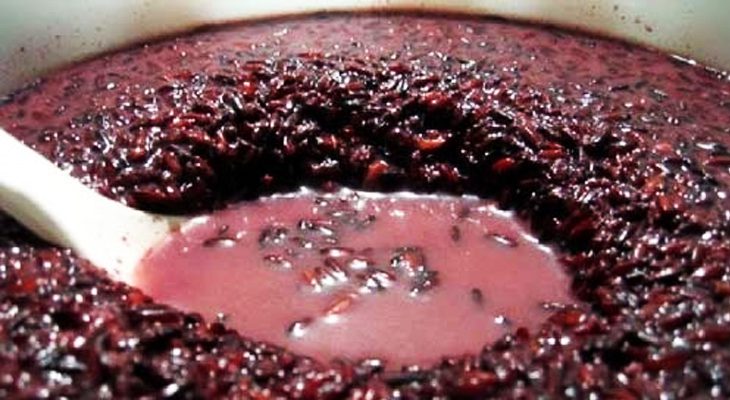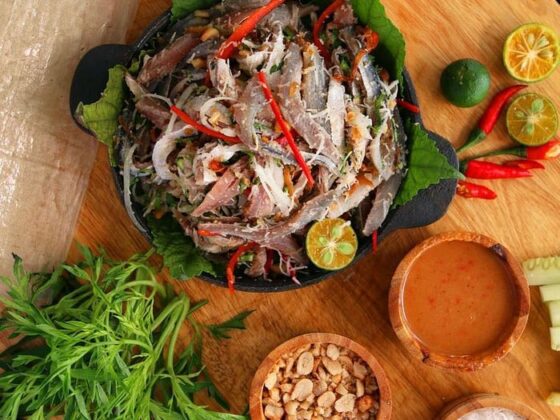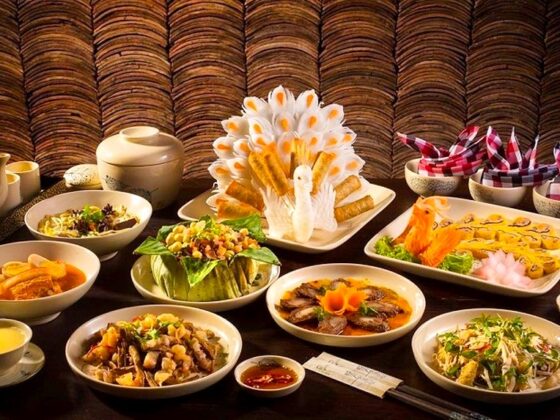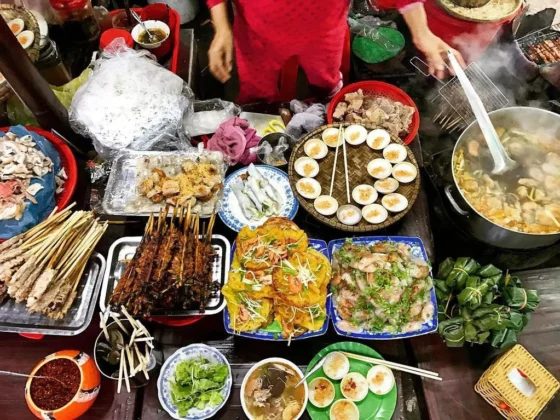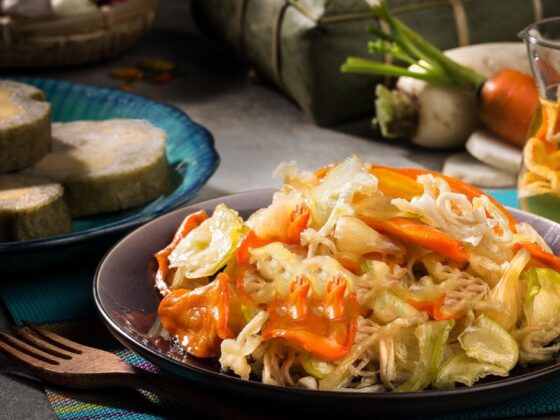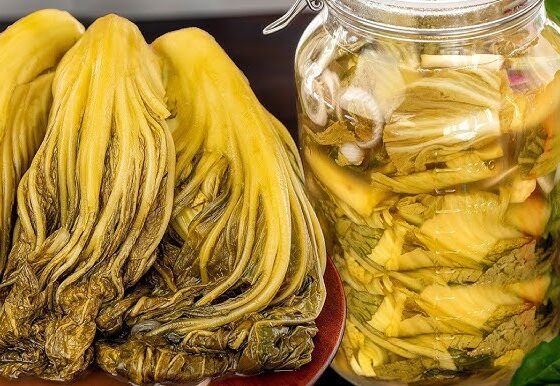Table of Contents Show
✍️ AI is summarizing:
Vietnamese rice wine, especially the variety known as rượu nếp cẩm, is a sweet and fragrant sticky rice wine deeply embedded in Vietnamese culture. Made from purple glutinous rice, this traditional drink is a staple at celebrations, family gatherings, and cultural festivals. Its unique taste, vibrant hue, and rich history make it one of the most cherished Vietnamese culinary treasures.
Related post:
- Vietnamese Banh Te: A Delicious Northern Vietnam Rice Cake You Must Try
- Discover Vietnam Like Never Before: A Scenic Train Journey Through Its Heart and Soul
- Vietnam Romantic Getaway: Fall Deeper in Love Amidst Stunning Beauty
What makes Vietnamese rice wine unique

The star ingredient in Vietnamese rice wine like rượu nếp cẩm is glutinous rice, particularly the purple variety known as nếp cẩm. This rice is prized for its deep color, nutty flavor, and high nutritional content, including antioxidants. The rice is soaked for several hours, then steamed until soft and sticky, forming the perfect base for fermentation.
How rượu nếp cẩm is fermented into Vietnamese rice wine
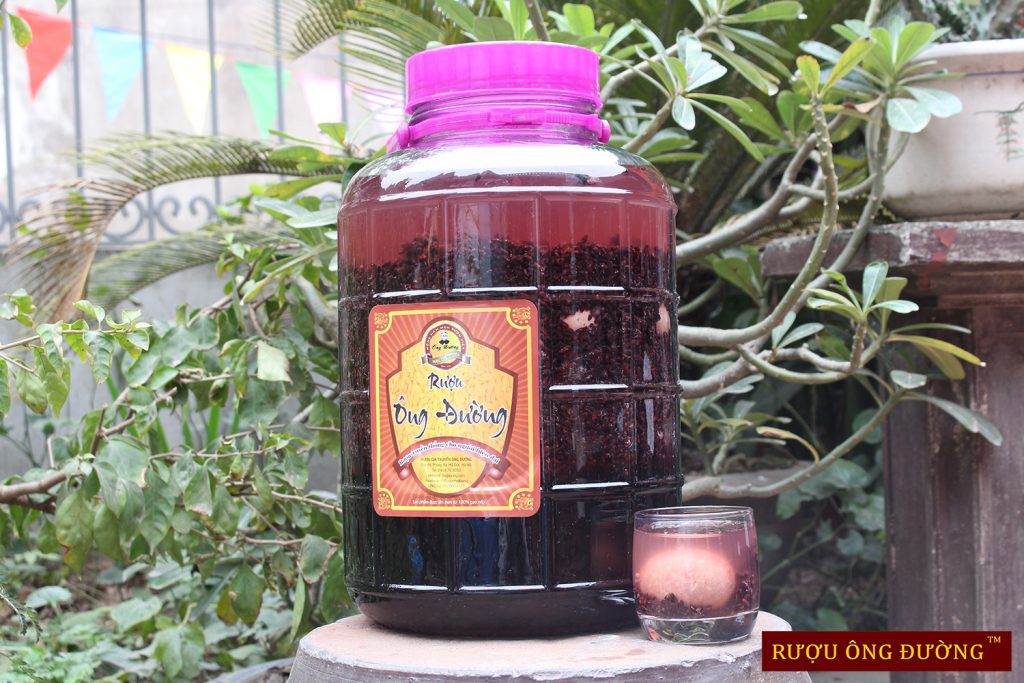
After steaming, the rice is allowed to cool before being mixed with men, a natural fermentation starter made of yeast and herbal components. This mixture is then sealed in a clean container for several days. As the rice ferments, it releases a sweet and fragrant aroma — a sign that the transformation into Vietnamese rice wine is underway.
The fermentation typically lasts about one week, resulting in a wine with a rich purple color and thick, syrupy consistency. The taste is layered: mildly sweet, slightly tangy, and delightfully aromatic. It’s a flavor that lingers and comforts, both to the palate and the soul.
How to serve and enjoy Vietnamese rice wine
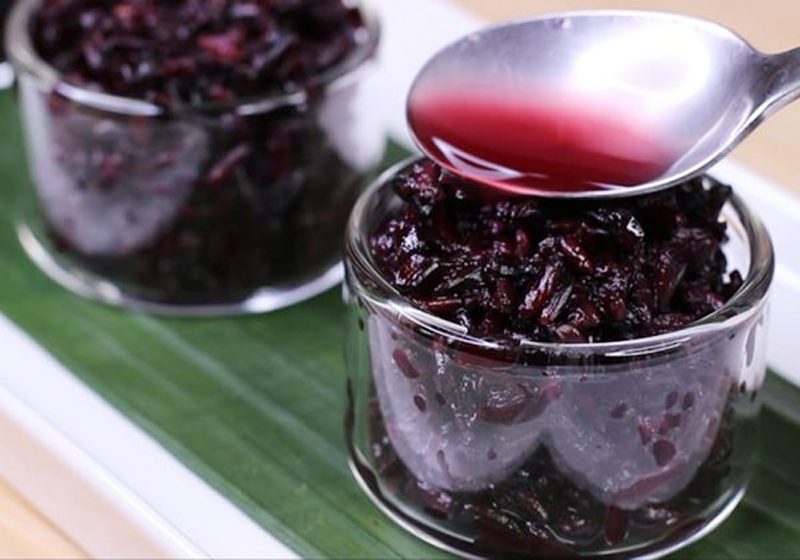
Vietnamese rice wine is often served warm or at room temperature in small ceramic or glass cups. It’s commonly enjoyed with traditional snacks such as roasted peanuts, sesame rice cakes (bánh cốm), or sticky rice dumplings. The contrast between the sweet wine and savory bites creates a balanced and delightful tasting experience.
The cultural role of Vietnamese rice wine in family traditions
Beyond taste, Vietnamese rice wine carries cultural symbolism. It’s present at major life events: Lunar New Year (Tết), weddings, ancestor worship, and harvest festivals. Sharing this drink strengthens social bonds and celebrates unity, reminding every Vietnamese person of their roots. During these occasions, elders often offer rice wine to ancestors, believing it connects generations through memory, flavor, and tradition.
Health benefits of Vietnamese rice wine

Traditionally, Vietnamese rice wine like rượu nếp cẩm is not only a festive drink but also a source of nourishment. Folk medicine holds that it supports digestion, improves blood circulation, and boosts overall vitality, especially for women after childbirth. Though modern science is still catching up, many still enjoy this natural beverage as a wholesome and gentle tonic.
Conclusion
In conclusion, Vietnamese rice wine such as rượu nếp cẩm is more than a drink — it’s a cultural artifact. With its sweet aroma, rich texture, and profound meaning in Vietnamese life, this purple sticky rice wine invites people to celebrate tradition, health, and connection. Whether enjoyed during festive gatherings or quiet family meals, Vietnamese rice wine continues to warm hearts and preserve a legacy that transcends generations. Follow ExoTrails on Facebook for your daily dose of travel inspiration and tips.

